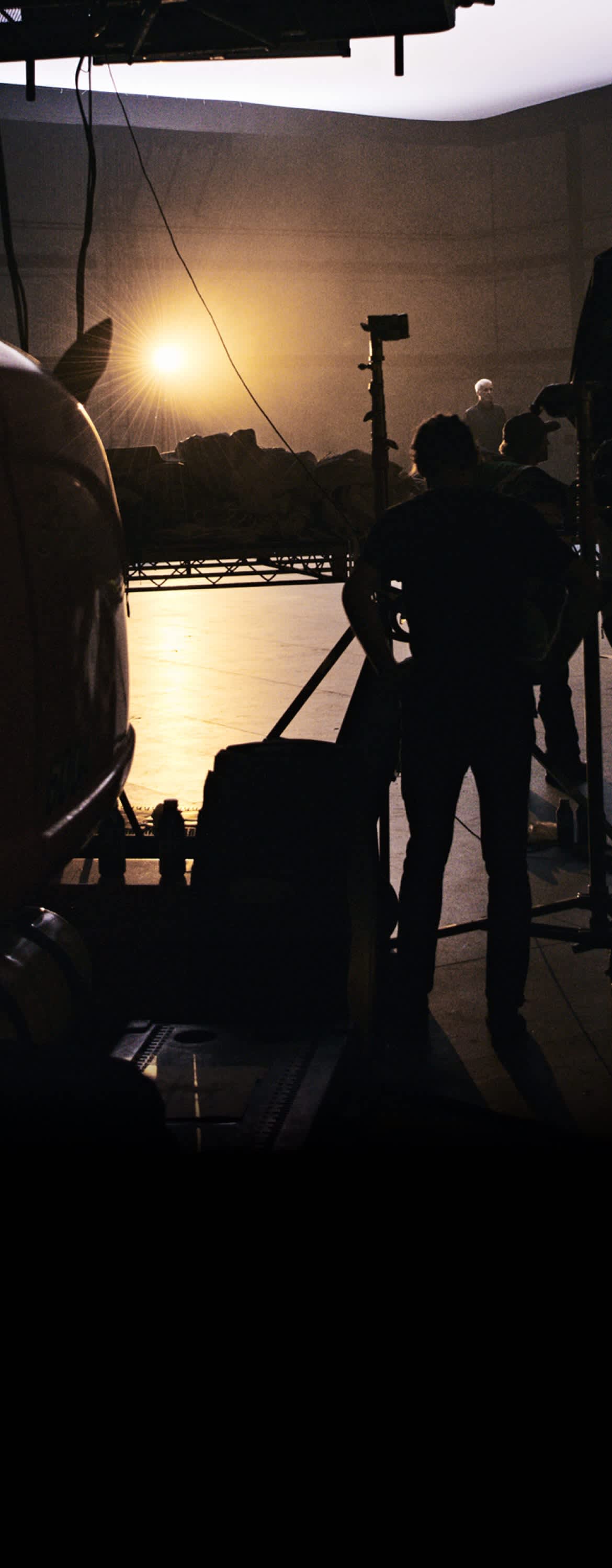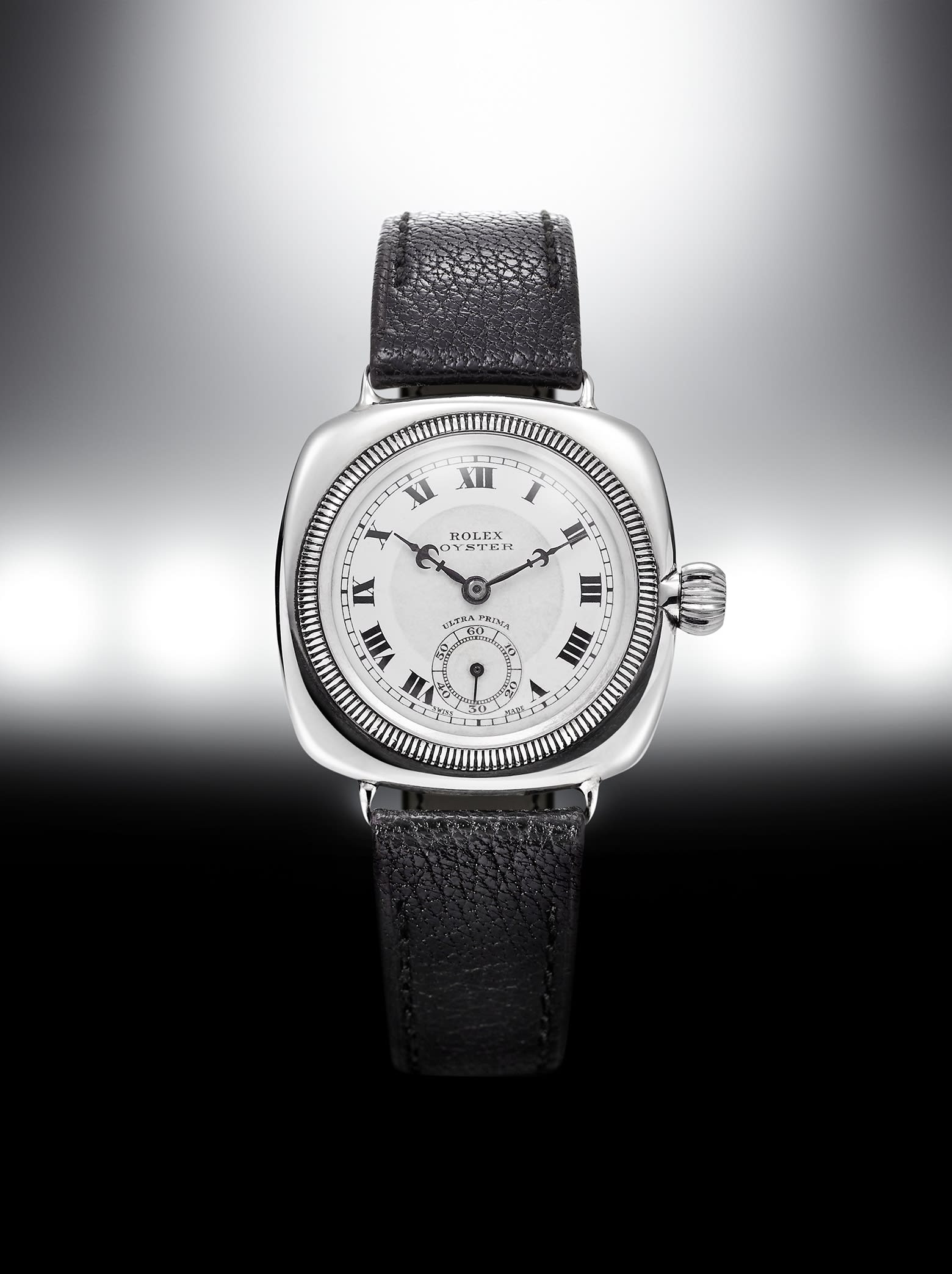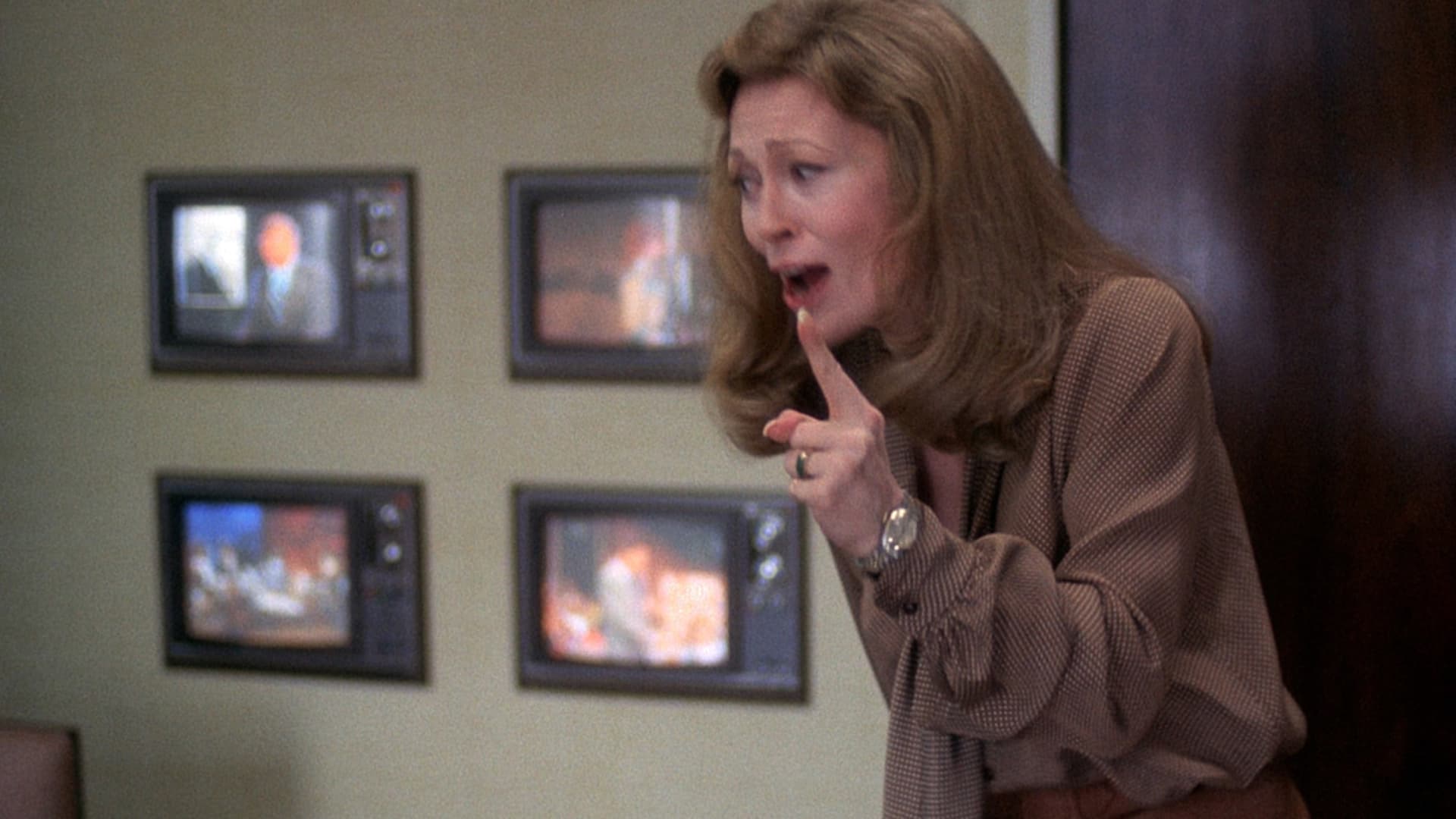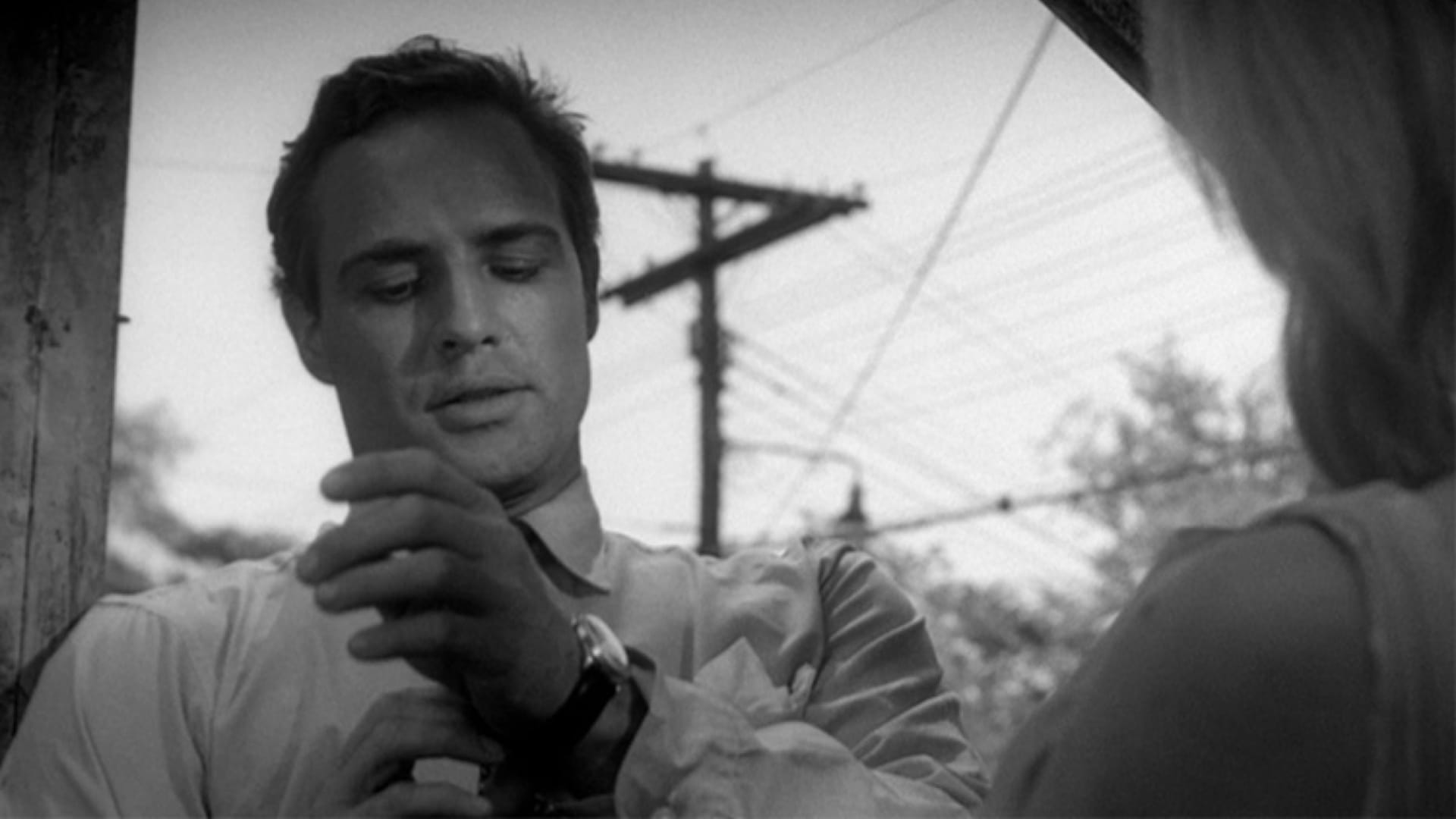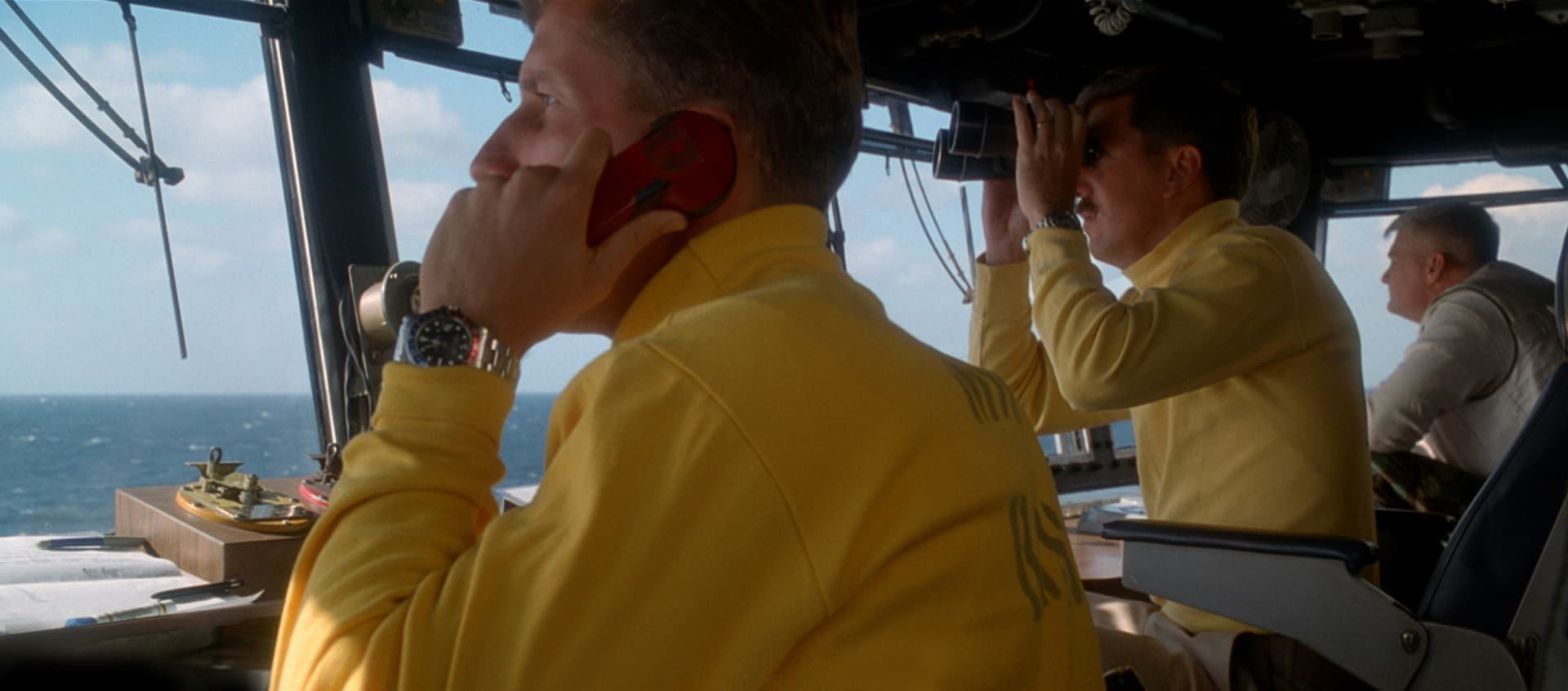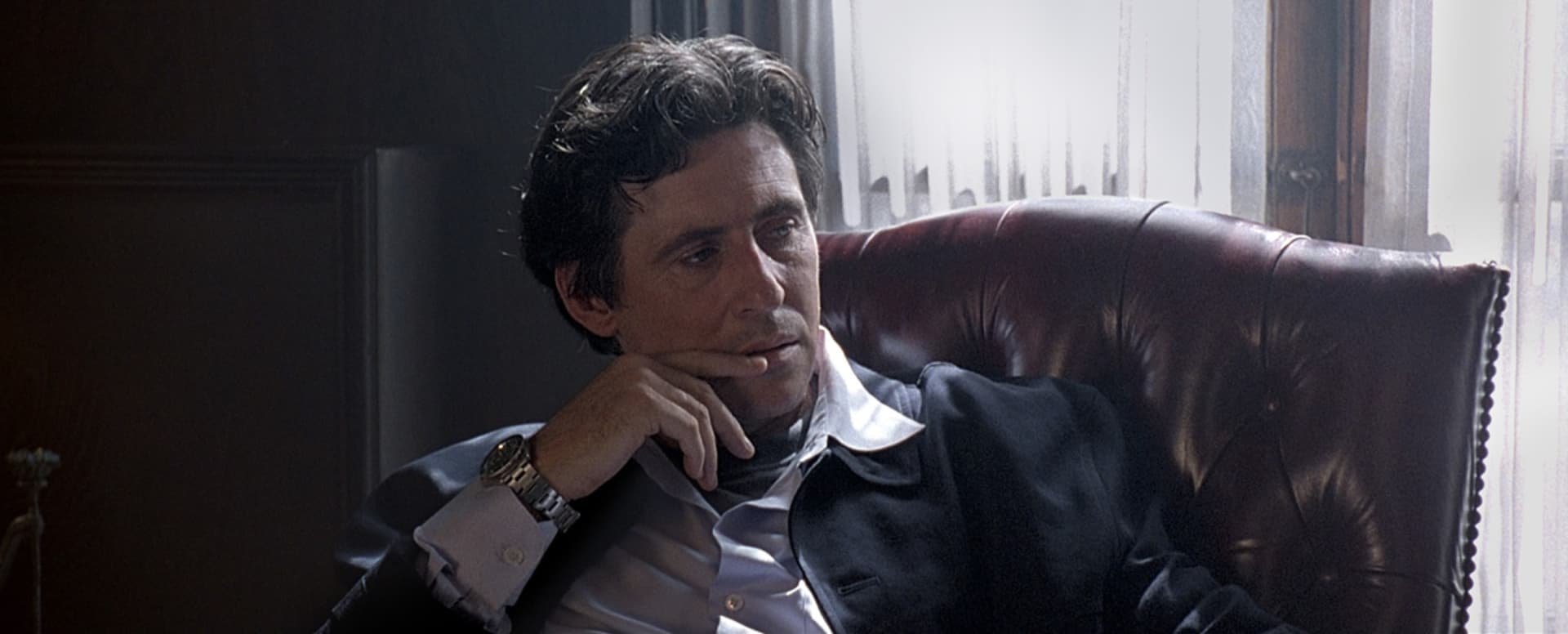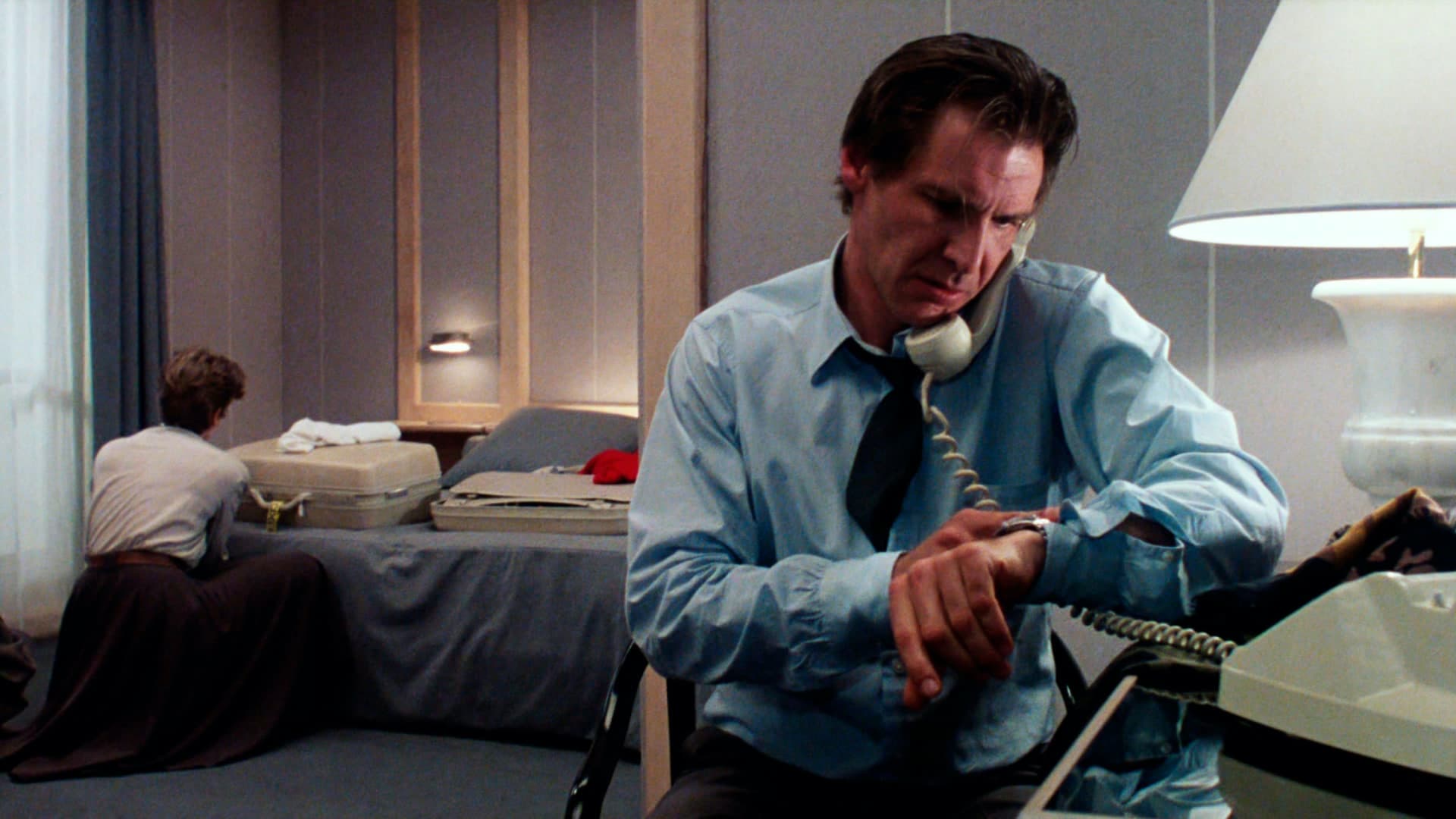Rolex and Hollywood
In 2017, two major events would cement the longstanding association between Rolex and the film industry. Firstly, director Martin Scorsese joined James Cameron as a Rolex Testimonee. And the same year, the brand sealed its partnership with the film industry’s highest authority, the Academy of Motion Picture Arts and Sciences. Rolex became the Exclusive Watch of the Academy of Motion Picture Arts and Sciences, Proud Sponsor of the Oscars®, and Exclusive Sponsor of the Governors Awards. The brand is also a Founding Supporter and Official Watch of the Academy Museum of Motion Pictures that opened in Los Angeles in September 2021.
In 2024, Rolex started to support the Student Academy Awards and the Academy100, which is designed to expand the institution’s worldwide scope by funding programmes that enable world-class film exhibitions, the production of digital content and training of diverse global film artists, among other aspects.
Rolex accordingly promotes excellence, education, conservation of the art form and the rise of new talent. The Academy’s mission is to celebrate all aspects of the film industry, preserve its legacy for future generations, spark inspiration, and connect global audiences through their passion for cinema. Hence, it is the convergence of values between Rolex and the Academy which is underscored through this long-term partnership.
Also in 2024, the United Kingdom’s world-leading National Film and Television School was added to the list of institutions that Rolex fosters to promote arts education; and acclaimed Chinese filmmaker Jia Zhang-Ke and Oscar®-winning actor Leonardo DiCaprio joined the Rolex family of Testimonees.
